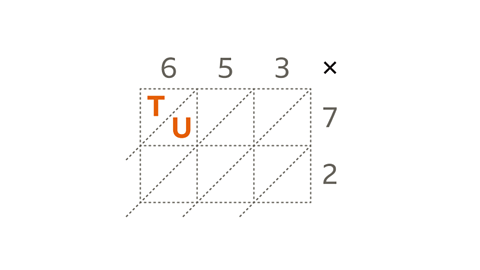Key points
Maths problems can be visualised through bar modelOne or more rectangular bars drawn to represent information., using rectangles to represent known and unknown amounts. This helps to bring together all relevant information.
Bar modelling is not a method of calculation. It provides a diagram to help understand what working out should be done to solve a problem.
Bar modelling is used to help understand how to solve problems in various mathematical topics including ratio, proportion, and equations.
Using [short multiplication] (/bitesize/topics/znmtsbk/articles/zjh88hv) and short division can help when solving problems represented by bar models.
How to use the bar method to model and solve problems
Set up the bar model and label it carefully with any information that you have.
Decide what the unknown is and how this can be calculated.
Complete the calculation to work out the answer to the problem.
Examples
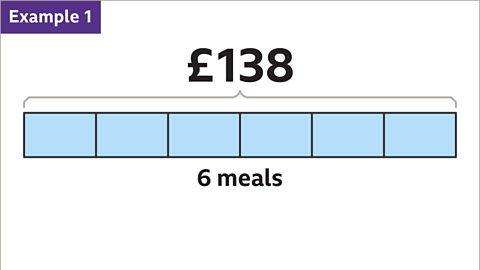
Image caption, 6 friends order the same meal deal at a restaurant. The total cost of the meals is ВЈ138 and they need to know how much they will each pay. The bar model represents the 6 meals and is labelled to show the total cost.
Image caption, The unknown amount is the cost of each meal and is labelled on the bar model. To solve the problem, ВЈ138 needs to be divided by 6
Image caption, 138 Г· 6 = 23. The cost of each meal is ВЈ23. Each friend will pay ВЈ23
Image caption, A dog is given 4 treats every day. Work out how many days a full box of treats will last. The bar model shows that the total number of treats is 36 and that 4 are used each day.
Image caption, The unknown amount is how many days the treats will last. The bar model shows how many 4s will fill up the bar.
Image caption, The calculation to find the number of days the treats will last is 36 Г· 4. 36 Г· 4 = 9. The box of treats will last 9 days.
1 of 6
Question
A vet weighs a puppy and its mother. The puppy weighs 1300g. The mother weighs 7 times as much. What is the weight of the mother?
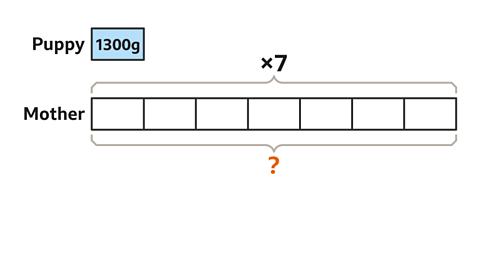
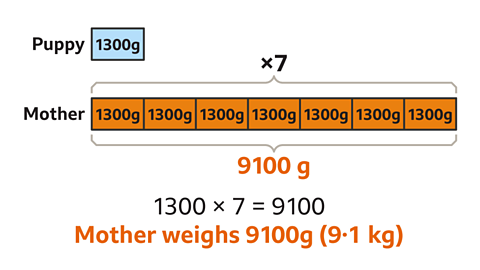
The bar model shows that to find the motherвҖҷs weight, the puppyвҖҷs weight needs to be multiplied by 7
1300g x 7 = 9100g
The motherвҖҷs weight is 9100g (or 9.1kg)
Using a bar model for multi-step problems
Set up the bar model and label it carefully with any information that you have.
Make sure you have included all the information given in the problem.
Decide what the unknown is and how this can be calculated.
Complete the calculation to work out the answer to the problem.
Examples
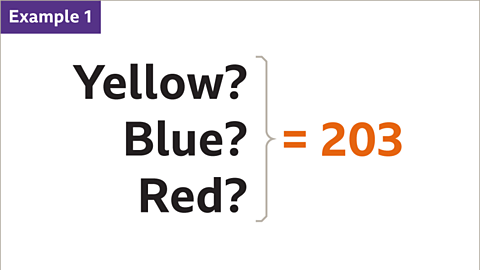
Image caption, There are 203 marbles. They are blue or red or yellow. There are twice as many blue marbles as yellow marbles. There are twice as many red marbles as blue marbles. How many marbles are red?
Image caption, The bar model shows 1 block representing the yellow marbles, 2 for blue (twice as many as yellow) and 4 blocks for red (twice as many as blue). The total number of marbles is 203
Image caption, Count all the blocks (1 + 2 + 4 = 7). 7 lots of the number of yellow marbles gives the total number of marbles. 203 Г· 7 = 29. There are 29 yellow marbles.
Image caption, There are 29 yellow marbles. The bar model shows that there are 4 times as many red marbles. 29 x 4 = 116. There are 116 red marbles.
Image caption, Esther has 72 collectible trading cards. Frank has 7 times as many cards as Esther. Frank shares his cards equally between himself and his friends Adeel, Honey, and Iris. How many cards does Frank have now?
Image caption, The first bar in the bar model represents EstherвҖҷs 72 cards. The next bar is 7 times as long that represents FrankвҖҷs cards. There is also a bar to represent the sharing of FrankвҖҷs cards between 4 people (himself, Adeel, Honey and Iris).
Image caption, Multiply 72 by 7 to get the number of cards Frank has. The value is then divided by 4 to get the number of cards the 4 friends will each have.
Image caption, 72 Г— 7 = 504. This is the number of cards Frank has at the start. 504 Г· 4 = 126. This is the number of cards that Frank, Adeel, Honey and Iris each now have. The solution to the problem is Frank has 126 cards.
1 of 8
Practice using the bar model and solving problems
Quiz
Practise how to use the bar model and solve problems. You may want to use a pen and paper to help with your workings out.
Play the Divided Islands game! gamePlay the Divided Islands game!
Using your maths skills, help to build bridges and bring light back to the islands in this free game from ҙуПуҙ«ГҪ Bitesize.

More on Operations - Calculations
Find out more by working through a topic
- count10 of 10
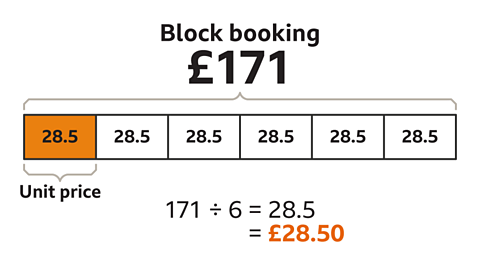
- count1 of 10
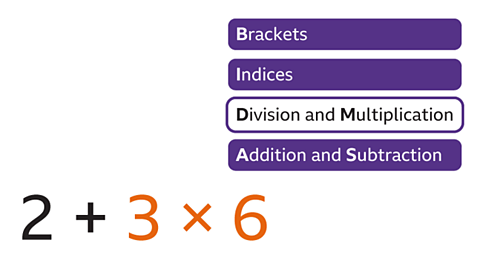
- count2 of 10
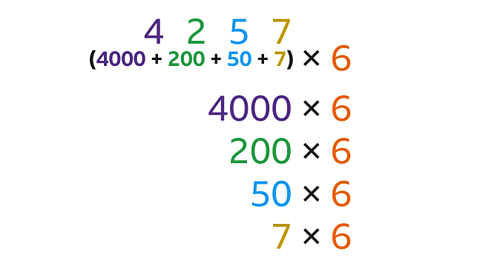
- count3 of 10
